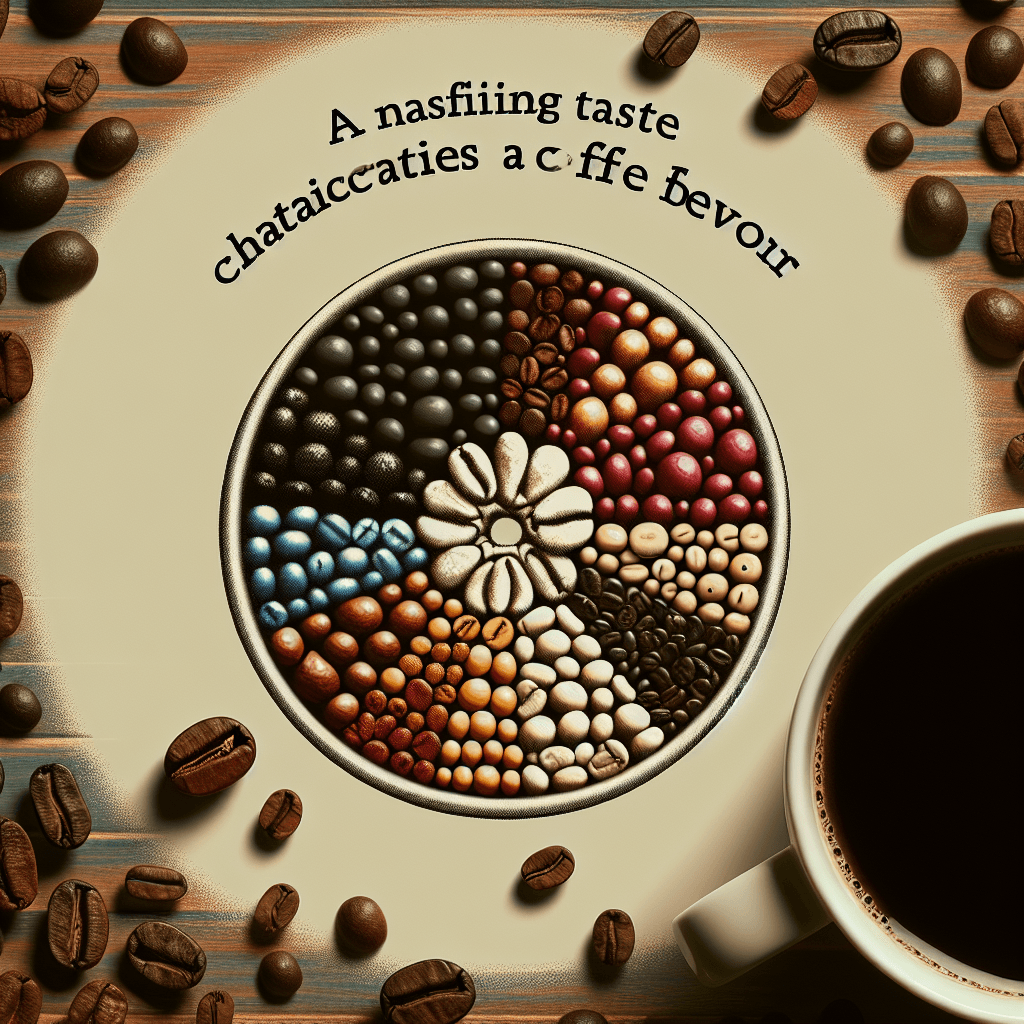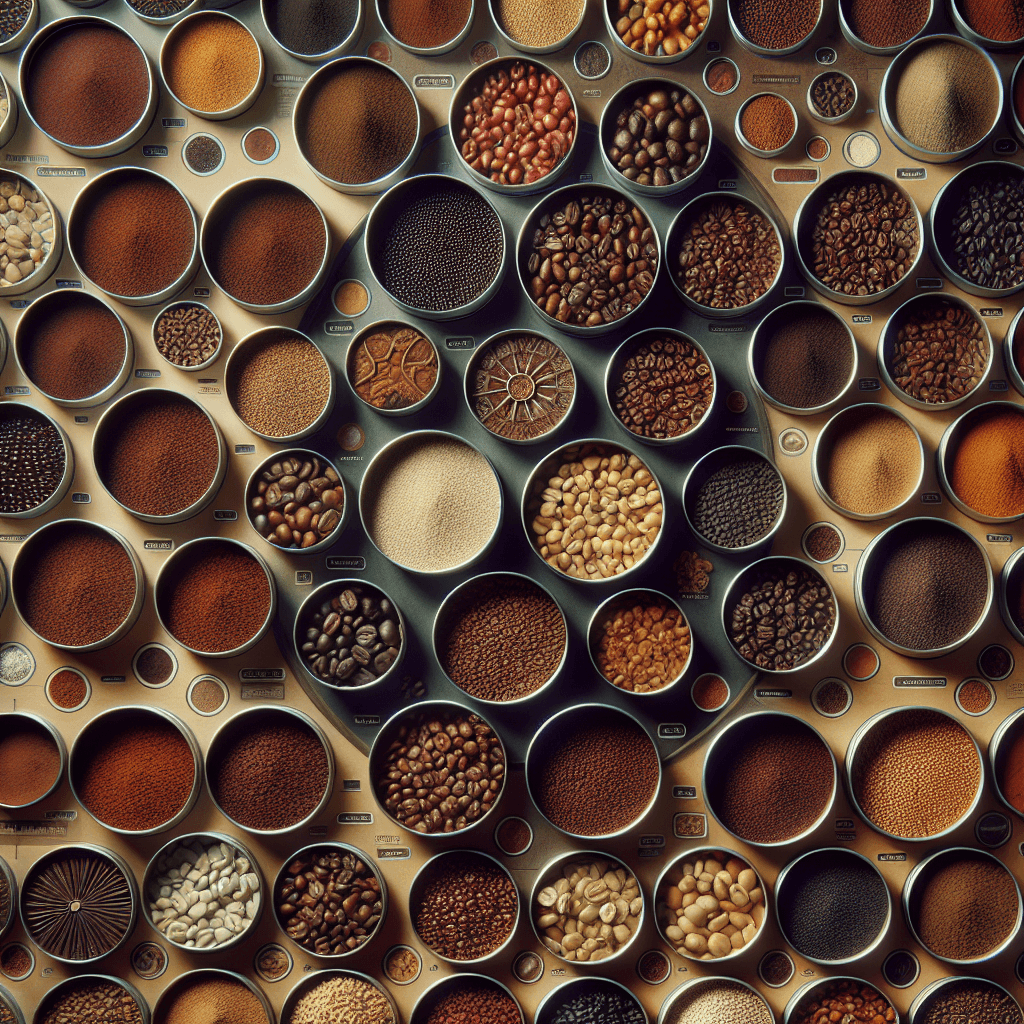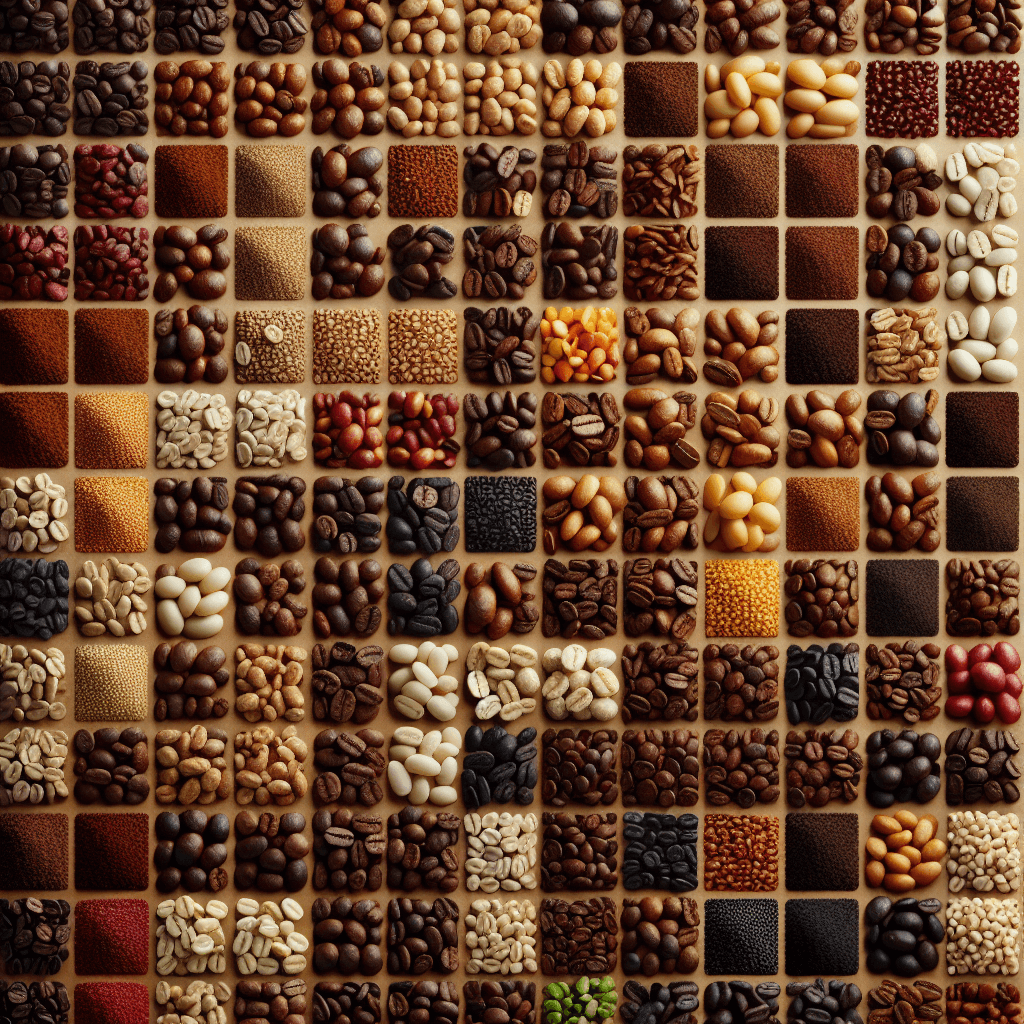The Science Behind Coffee Flavor Variations
Unmasking the Great Coffee Puzzle: Why Does Different Coffee Taste Different?
Sitting in your favorite café, sipping the beautifully layered, perfectly textured cup of latte, have you ever wondered what makes each coffee experience so distinctive? Why does the same type of coffee bean brewed in two different cafés taste subtly different? Why does your homemade coffee not quite match up to that perfectly balanced cup from your favorite coffee shop? The answer hides in a number of other interesting questions. Let’s dive deep into the everyday magic of coffee making.
1. Bean Type and Origin
Coffee beans are not all created equal. The two major types of coffee beans, Arabica and Robusta, each hold unique flavor profiles. Arabica is known for its smooth and slightly sweet taste, while Robusta is punchier, with a stronger, slightly bitter flavor. The geographic origin of these beans also plays a significant role in determining flavor. Coffee plants in Ethiopia might deliver a bright and fruity flavor, while the same variety grown in Colombia might produce a cup that's more nutty and chocolate-like. These differences are influenced by local soil composition, climate, altitude, and many other factors.
2. Processing Method
Once the coffee cherries are harvested, they undergo various processing methods. They could be washed, naturally processed (dry method), honey processed, or undergo a semi-washed method. Each process influences the final taste of the coffee. For instance, the washed process usually results in a clean taste with enhanced acidity, whereas the natural process might imprint more fruity, complex flavors into the beans.
3. Roasting Process
The roasting process is where the magic truly happens. Light, medium, or dark roast - each booms with distinct flavors. Light roasts are lighter in color, higher in acidity, and encompass a flavor mainly influenced by the original coffee cherry. Dark roasts, on the other hand, are impacted more by the roasting process itself contributing to a fuller body with more robust, caramel, and toasted flavors.
4. Brewing Technique
The last piece of the taste puzzle lies in the brewing technique. Whether it's espresso, French press, cold brew, AeroPress, or pour-over, each brewing method has a unique way of extracting flavors and oils from the coffee grounds. The water temperature, brew time, and even grind size can drastically influence the final cup. Espresso, for example, extracts the intense, rich flavors from the beans in a short amount of time, offering a bold, full-bodied cup. Contrastingly, the cold brew method uses time rather than heat to extract flavors, resulting in a sweet, smooth, and less acidic brew.
Daily Grind Tip
Making great coffee is like performing a symphony of flavor. Your choice of beans, method of processing, how you roast, and how you brew - each is a musical note that comes together to create an orchestra of tastes. Be patient, be persistent, and most importantly, don't be afraid to experiment with new beans and methods. After all, good things come to those who "brew."
A Cup of Coffee-Full Thought
Remember, "Life is like a cup of coffee. It's all in how you make it or take it." So, don't let the coffee world intimidate you. Dive in, explore, and wake up to new coffee experiences each morning. Your perfect cup is waiting to be discovered.









